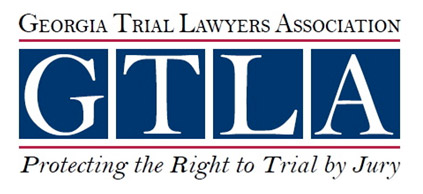It will come as welcome news to many parents that as high school football season kicks into gear, the dangers associated with head injuries are increasingly prominent. The new attention concussions are receiving has led to changes in how they are detected and dealt with. For some, it’s also led to lawsuits.
While a concussion is defined as a trauma to the brain resulting in neurological injury, athletes may experience a range of symptoms as a result. According to the Mayo Clinic, the signs and symptoms of a concussion can be subtle and may not be immediately apparent. Symptoms can last for days, weeks and in more serious cases, a lifetime. The most common symptoms after a concussive traumatic brain injury are headache, amnesia and confusion.
While a host of concussion-related lawsuits have been directed against high schools, much larger athletic organizations have found themselves in the crosshairs, including the NCAA, NFL and NHL. The increase in such suits corresponds with an increase in awareness of the risks posed by head injury. Studies have been conducted which are finally revealing the long-term damage such injuries can cause, including severe degenerative brain disease.
Just this past week, Bryan Namoff, a longtime D.C. United defender whose career was cut short by a concussion, filed a $12 million lawsuit against his Major League Soccer club, claiming they failed to properly evaluate his injury and cleared him to play too soon.
Namoff contends that United was negligent in its care and treatment after he was injured in a game back in 2009. He was cleared to play only three days later, in a game which he did not then know would be his final appearance on the field. Namoff alleges that he suffered brain damage and cognitive, memory and sensory loss as a result of his head injury. He also has permanent headaches and fatigue, sleep problems and hypersensitivity to motion.
One major case that helped get the ball rolling was filed against the National Football League. The litigation involves two groups of plaintiffs, the first consisting of current players who are seeking improved medical care and treatment related to brain trauma. The second batch of plaintiffs includes those suing for actual injury or death caused by their head injuries. Nearly 3,000 individual suits have been filed as part of the litigation and the number could actually go up, as there are nearly 21,000 retired players.
The plaintiffs are claiming that the NFL was aware of the relationship between concussions and permanent neurological damage, but choose to do nothing about it. Attorneys are claiming the League had solid medical evidence regarding the lasting damage posed by such injuries from as early as 1928.
All the lawsuits, whether by parents of injured high schoolers or families of debilitated professional athletes, share a common theme: if the brain is allowed proper time to heal, it can recover from most head injuries. The plaintiffs believe that the defendants failed to provide the necessary time to heal, never warning those in their care of the risks associated with what they thought were only minor injuries.
Pope McGlamry P.C., currently represents former professional football players for injuries and damages sustained as a result of suffering concussions while playing football, and is actively involved in this litigation. If you or someone you love has been injured by a sports-related concussion, you may be entitled to compensation.
Source: “Bryan Namoff files $12 million lawsuit against D.C. United, claiming medical negligence involving career-ending concussion in 2009 MLS match,” by Steven Goff, published at WashingtonPost.com.




